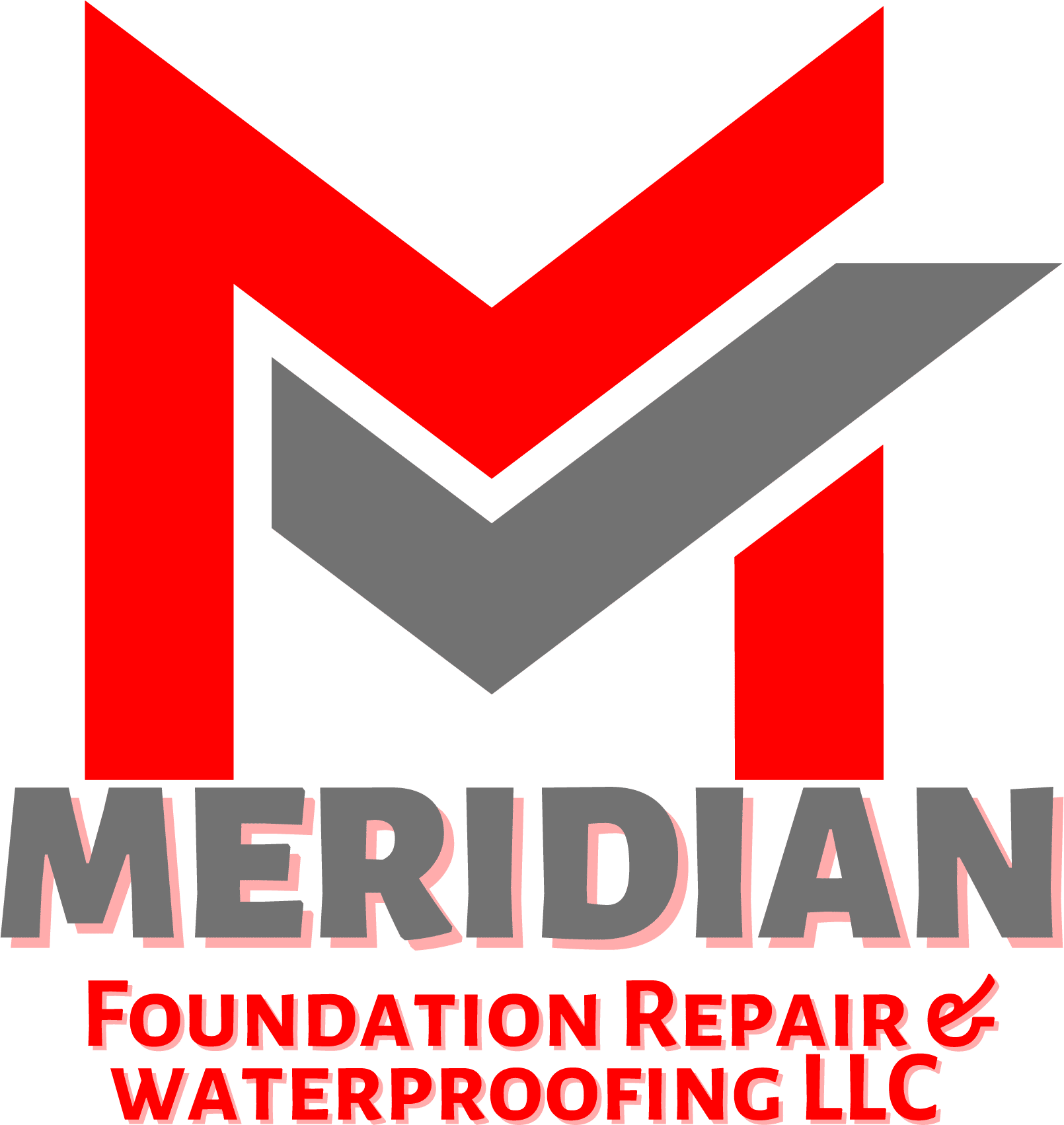Waterproofing plays a vital role in the construction of buildings. It requires a thorough comprehension of the interaction between water and structures, as well as the techniques that can be utilized to prevent its penetration.
How Water Infiltration Occurs
Water infiltration is a common problem that affects basements and foundations. To understand water infiltration, it is essential to comprehend capillary action. This phenomenon draws water upwards through porous materials and plays a significant role in infiltration. Hydrostatic pressure caused by groundwater pushing against the foundation walls can also force water into basements through cracks and gaps.
The Role Of Building Materials
The type of building materials used in construction significantly impacts their waterproofing capabilities. Some materials are naturally more porous than others, making them prone to water absorption. Understanding the properties of these materials is crucial in choosing the right waterproofing methods and materials for a specific project. Materials with high permeability may require more robust waterproofing systems.
Hydrophobic Vs. Hydrophilic Waterproofing
Two primary categories of waterproofing materials are hydrophobic and hydrophilic. Hydrophobic materials repel water, creating a barrier that prevents moisture from penetrating surfaces. Examples include silicone-based sealants and coatings. In contrast, hydrophilic materials absorb and expand to seal cracks and gaps. Understanding the differences between these approaches is essential for selecting the most suitable waterproofing method.
Chemical Vs. Physical Waterproofing
Waterproofing can be achieved through chemical and physical methods. Chemical waterproofing creates a waterproof barrier by chemically reacting with sealants, coatings, or additives applied to the surface. Physical waterproofing employs membranes, barriers, and drainage systems to block water infiltration physically. Each method has unique principles and applications, depending on the project’s requirements.
The Importance Of Vapor Barriers
Vapor barriers are essential components for many waterproofing systems. They prevent moisture from infiltrating walls and floors and help regulate humidity levels in basements. Builders and homeowners can ensure the effectiveness of vapor barriers in maintaining a dry environment by understanding how they work.
Waterproofing For Different Building Types
The waterproofing strategies employed may vary depending on the type of building. Residential homes, commercial buildings, and industrial structures have distinct demands and vulnerabilities. It is essential to comprehend these distinctions when creating and executing reliable waterproofing remedies.
Interior Vs. Exterior Waterproofing
One key decision in waterproofing is choosing between interior and exterior methods. Interior waterproofing focuses on managing water that has already penetrated the building envelope, typically through drainage systems and sealants. Exterior waterproofing aims to prevent water from reaching the foundation walls by creating a protective barrier. The choice between these methods depends on various factors, including the building’s design and the extent of existing water issues.
Sump Pump Systems
Sump pumps are integral to any basement waterproofing solutions. These systems collect water that has infiltrated the basement and pump it out, preventing water damage. It is important to understand the science behind sump pumps and their role in managing water for effective basement waterproofing.
Drainage Systems
Subsurface drainage systems, such as French drains, are critical in diverting water away from the foundation. These systems use gravity, and water flows through perforated pipes and channels. Well-designed drainage systems can greatly decrease the chances of water seepage.
Hydrostatic Pressure And Foundation Waterproofing
Basement leaks are often caused by hydrostatic pressure building up against foundation walls. Waterproofing systems are created to resist pressure and stop water from getting inside. In order to create effective waterproofing solutions, it is crucial to have a thorough understanding of how hydrostatic pressure can impact foundations.
Concrete Waterproofing
Concrete is a widely used building material, but it is naturally porous. Waterproofing additives, coatings, and techniques can enhance the material’s ability to repel water. Exploring the science behind concrete waterproofing helps select the right products and methods for specific applications.
Waterproofing Membranes
Exterior waterproofing relies on waterproofing membranes like rubberized asphalt and synthetic polymers. These materials serve as a barrier to keep water away from the foundation walls. Successful waterproofing requires an understanding of their properties and installation processes.
Waterproofing Innovations
Advancements in waterproofing technology continue to evolve. Nanotechnology, smart systems, and eco-friendly materials have emerged as recent innovations. When selecting waterproofing solutions, builders and homeowners can make informed choices by staying informed about these advancements.
Conclusion
The field of waterproofing in construction and building maintenance is a intricate and crucial discipline. By comprehending the principles, techniques, and materials involved, individuals such as building contractors, homeowners, and builders can construct structures that are dry, secure, and long-lasting while also resisting water infiltration. Waterproofing goes beyond simply keeping a space free from moisture; it also plays a vital role in preserving the integrity and lifespan of a building.


